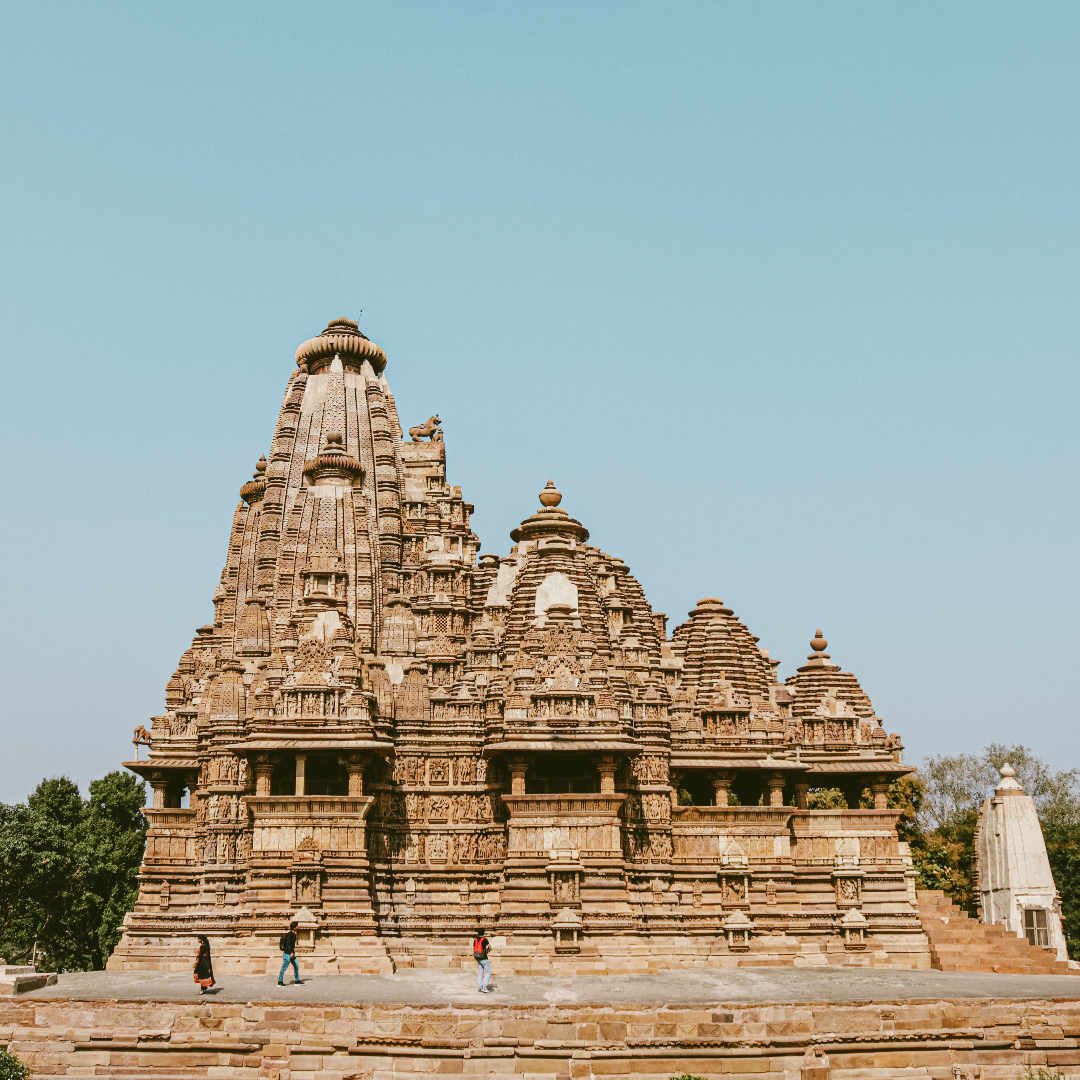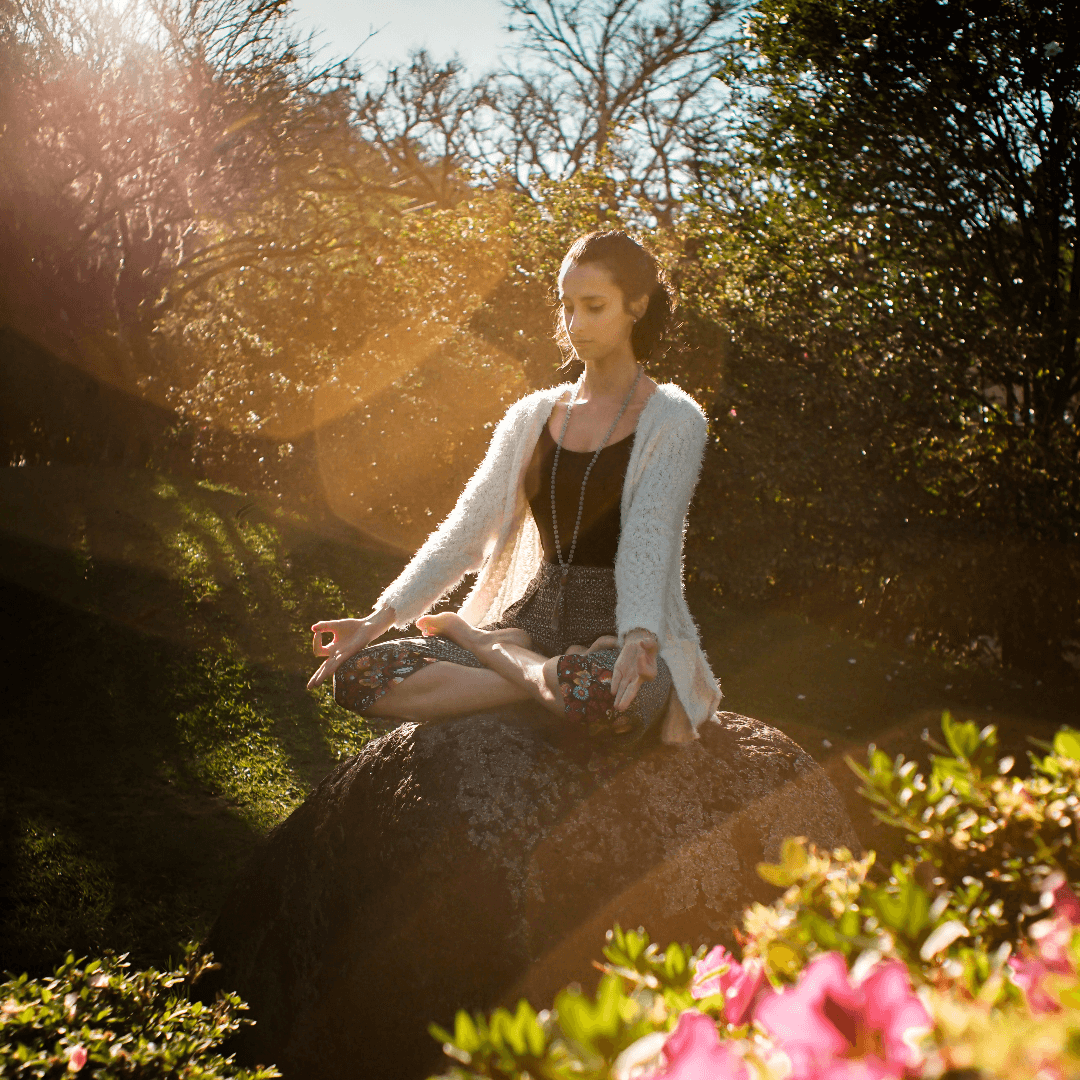The instructions said, “Bring clothes you don’t mind getting oily.” I recalled from experiencing Panchakarma before that Ayurveda’s consummate detox program involves oil massage, oil in the nostrils, oil streamed onto the forehead, oil in the hair, and even something called basti—an herbalized oil enema. Other than that last one, all this lubricating is really pleasant, and even basti isn’t as bad as it sounds. I opted to do Panchakarma with Dr. Scott Gerson in Mount Dora, FL, because he’s a Western internist and an Ayurvedic physician. I was already a student of Ayurveda, but here’s what I learned—or re-learned—that can make a huge difference in anybody’s life.
 Yogendra Singh/Pexels
Yogendra Singh/Pexels
1 Ayurveda is a global concept from ancient India
Ayurveda comes from ancient India, but it belongs to people of every time and place. Translated from Sanskrit as “science of life,” Ayurveda contends that the fundamental cause of impaired health is forgetting who we are, which is an immortal spirit inhabiting a physical body. The spirit that’s our true identity is also the essence of everybody else—including the people we disagree with and the animals some people eat. We all are connected to some degree, and exploiting others for food is exploiting yourself at the most basic level.
2 You’re not a diva in realizing that you’re unique
Ayurveda is adamant about individuality. Two people might have the same pathology, but why each one has it, how it is expressed, and what they need to do to bring their bodies into balance may be different. These differences are explained in the theory of doshas—three energies present in all of us—but in differing degrees. To find your dosha, there are quizzes all over the Internet. I like this one from Dr. Deepak Chopra. The three doshas are as follows:
Vata comprises air and ether. Vata people tend to be slight of build, creative, and spontaneous when in balance, and spaced out and anxious when they’re not. Vata overload can show up as dryness throughout the body, gas, constipation, creaking joints, sensitivity to noise, and always feeling cold.
Pitta is the fire and water dosha. Pittas are of medium build and often muscular. In balance, they can thrive as executives, strategists, or litigators. These individuals take charge and get things done. Out of balance, they revert to anger and sarcasm, and are prone to inflammation, skin eruptions, ulcers, acid indigestion, and diarrhea.
Kapha is composed of earth and water. People endowed with kapha tend to be big-boned and fleshy. The slowest moving dosha, kapha generally imparts excellent health with the exception of upper respiratory troubles and a tendency to retain water. In balance, kapha people are stable, patient, and kind. Out of balance, they may be overly attached to possessions or to the past, and they could become depressed.
3 You’re already perfect
Your prakruti, or dosha makeup, is determined at conception. If yours is 72-percent pitta, 21-percent kapha, and 7-percent vata—or the inverse—it’s just as right as Baby Bear’s porridge. The danger is straying too far from our innate nature—for example, when our dominant dosha gets too full of itself and wants to dominate even more. For the high-pitta person, summer heat; too much caffeine or alcohol; and fried, salty, or super-spicy food can lead to imbalance. The trick is not to feed your perfect imperfection, but fuel the homeostasis.
4 Vata can get in anybody’s business
Vata is the most active and unstable dosha, so it’s good to keep that one in check regardless of your personal dosha score. Luckily, keeping vata happy is largely what we ought to be doing for general health anyway. Here are a few tips to manage your vata:
Stick with a reasonable routine—early to bed, early to rise. It may sound boring, but it makes vata purr.
Avoid unnecessary arguments (even online) and violent games or movies.
Stay hydrated. Throughout the day, sip hot, warm, or room temperature water or herbal teas such as ginger, licorice, or CCF (equal parts cumin, coriander, and fennel seeds, steeped).
Favor warm, moist, and nourishing foods such as kitchari, an Ayurvedic healing staple. Vegan cookbook author and blogger Vegan Richa has a stellar recipe for soul-and-tummy-soothing Instant Pot Kitchari.
5 Energy is finite: save it like money
Both vata and pitta types have a hard time knowing when to stop. A project, goal, or cause can take precedence over the fact that physical and mental resources run out if not replenished. Regular breaks during the day, sleep at night, time with people (and animals) we love, self-care, meditation, contact with nature, and spiritual practice are all ways to recharge and should be practiced often—even in the midst of a big project.
6 You can tweak any system to accommodate your ethics
Traditional Ayurvedic recommendations include boiled milk and the culinary and medicinal use of ghee (clarified butter). It may have been that in India, circa 3000 BCE, the population was small enough and the relationship between humans and cows respectful enough that dairy consumption was a karma-free act. But times have changed and that relationship is virtually unattainable in modern day. Truly, a vegan lifestyle is more in line with Ayurvedic principles considering the world we live in. Extra virgin olive oil is a perfectly acceptable supplement for traditional dairy products called for in ancient Ayurvedic practices. For other vegan-friendly swaps, The Ayurvedic Vegan Kitchen: Finding Harmony Through Food by Talya Lutzker and Eat Feel Fresh: A Contemporary, Plant-Based Ayurvedic Cookbook by Sahara Rose Kitabi are fabulous resources.
 Felipe Borges/Pexels
Felipe Borges/Pexels
7 You don’t have to do all this stuff every day
Those were Dr. Gerson’s parting words to me, and they’re priceless. If you read much about Ayurveda, you could easily be intimidated by just the early morning recommendations. The extensive list includes cleaning the coating (ama, metabolic debris) off your tongue with a copper, silver, or stainless steel tongue scraper; washing your hands, splashing your face with cold water, drinking 16 ounces of warm or hot water with lemon or lime before eating anything (great for constipation), thinking a positive thought, looking at something beautiful or treating each of your five senses to a beautiful experience, making a gratitude list, eight minutes of oil pulling, watching the sun come up, practicing sun salutations, meditating, and a handful of other activities.
On a blissfully empty day off, you might try all this, but in regular life, pick and choose. Ayurveda is about balance and ease. Sometimes, less really is more.
For more on vegan vacations, read:
Maui’s Most Vegan-Friendly Hotels
Ojai: An Off-the-Grid Retreat for Vegan Yogis and More
How to Pack the Perfect Vegan Beach Bag
JUMP TO ... Latest News | Recipes | Guides | Health | Subscribe









